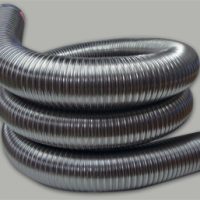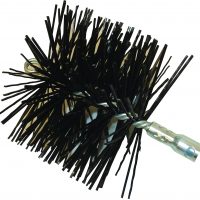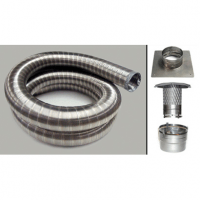By: Susan Penney
For some people, a fireplace might as well be a video of flaming logs. Their primary interest is the welcoming ambiance a fireplace’s blaze presents. If, however, you expect your fireplace to provide heat in exchange for your log-carrying, fire-building efforts, (or in the case of gas logs, in exchange for your gas bill), it’s time to maximize your fireplace’s heat output.
There are various contraptions designed to return more of a wood or gas fireplace’s heat into the room and stanch the flow of that precious heat from escaping up the chimney. Many of them involve fans and vents and considerable expense. But one of the most time-honored, hassle-free, and least expensive methods of increasing a fire’s heat output is making a comeback: the fireback.
A fireback is a sheet of metal, sized in proportion to the fireplace, that’s placed against your back fireplace wall. Firebacks can be set on the hearth’s floor and just leaned against the back fireplace wall, but often they are secured by placing them in supporting braces which keep the fireback from sliding. Firebacks come in two main styles: the cast iron fireback and the stainless steel fireback.
Get the Most out of your Firewood
The traditional cast iron fireback, popular in earlier times and making a revival now, is a sheet of heavy, black, cast iron. Often they are cast with a design, such as a fleur de lis or eagle, to add a decorative touch to this functional fireplace accessory.
The cast iron firebacks work on the same principle as heating radiators. The metal is heated (by hot water in the case of radiators and by the fire in the case of firebacks), and then that heat is radiated into the room.
Although attractive and functional, the cast-iron firebacks are too heavy for many people to manage easily. Their weight also adds to their shipping costs, and therefore to their total price.
A more modern fireback design, one that is growing in popularity, is made of a sheet of very gently curved, tempered stainless steel. These stainless steel firebacks warm your room in two ways. First, like the cast iron firebacks, they radiate the heat of the fire forward into the room. But they also reflect the heat, as well as the light, of the fire into the room.
Stainless steel firebacks weigh only one-sixth as much as a similarly sized cast iron fireback, so they are easier to manage and less costly to ship. But their main appeal may be their price: They cost only a fraction as much as their cast iron cousins. Whereas a cast iron fireback, depending on size, can cost $250 to $700, the stainless steel versions usually go for $50 to $150.
Both cast iron and stainless steel firebacks dramatically increase the room-warming capacity of your wood or gas fireplace fire. The addition of this simple fireplace accessory to your hearth can mean warmer toes and lower heating bills.
About the Author:
Susan Penney appreciates simple ways to make our homes renewing spaces for our families. She invites you to visit http://www.FireplaceMall.com for fireplace accessories to serve your fire-less or your fire-filled fireplace.





